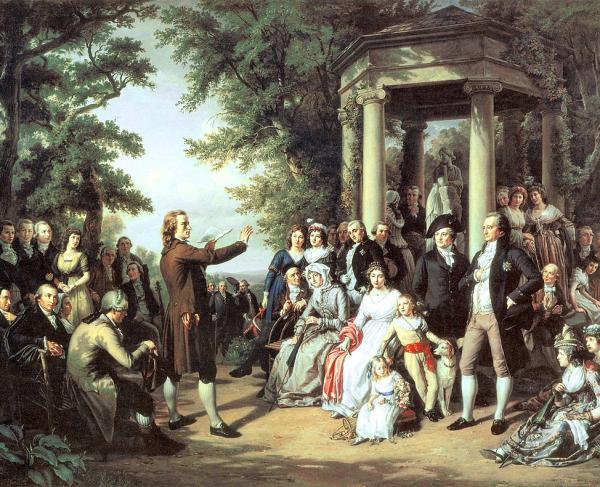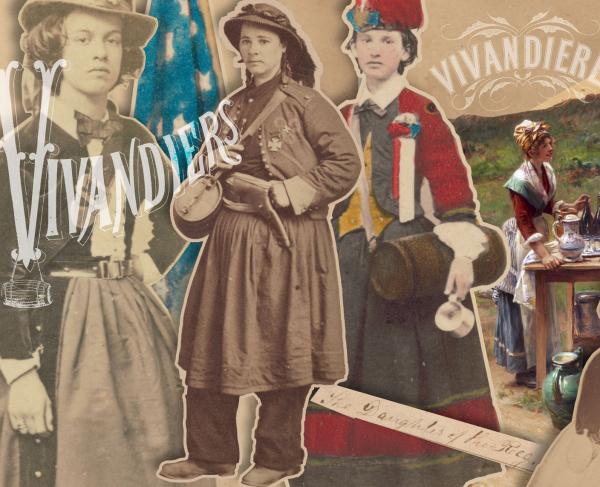Remembering the Ladies
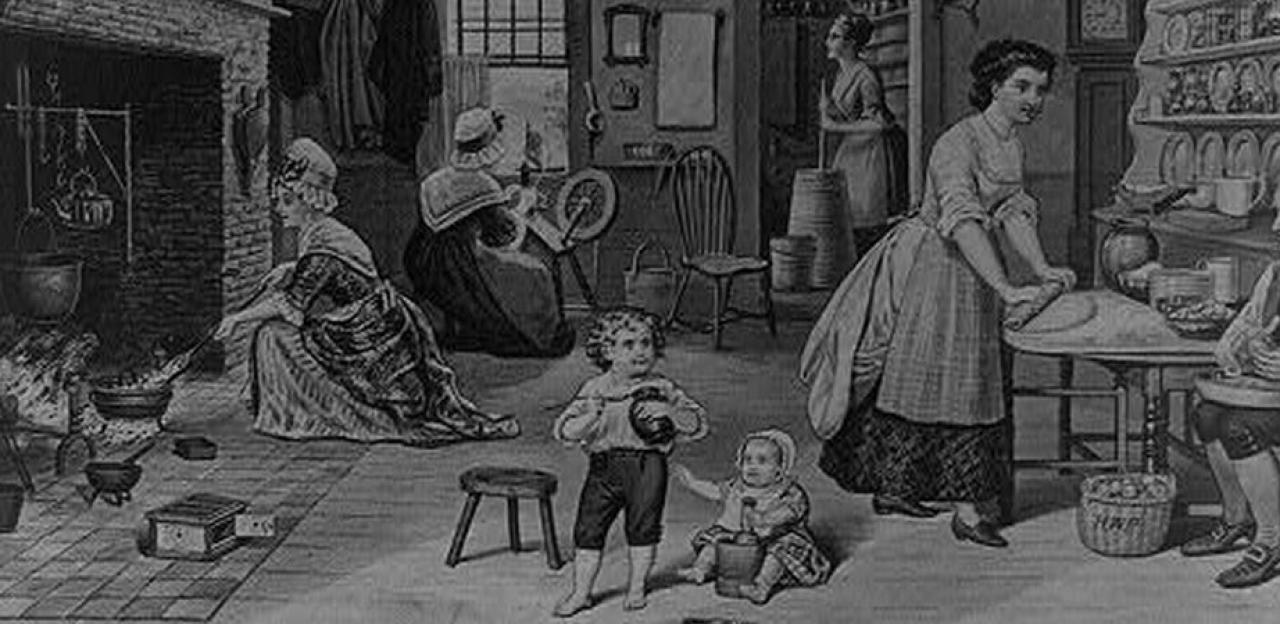
In the late March of 1776, as the Second Continental Congress gathered to debate the merits of independence from Great Britain, Abagail Smith Adams wrote to her husband, noted Boston lawyer John Adams, urging him and his colleagues to “Remember the Ladies.” “Remember all Men would be tyrants if they could. If perticuliar [sic] care and attention is not paid to the Laidies [sic] we are determined to foment a Rebelion, and will not hold ourselves bound by any Laws in which we have no voice, or Representation.” If Mrs. Adams felt herself and other women treated as an afterthought by their more prestigious husbands, they had good reason to. In fact, the first successful English colony in North America, Jamestown, did not bother to include any women at all. The men who went to Jamestown did so in the hopes of finding gold and other precious materials, as the Spanish did in Central and South America, not to set up permanent communities. And unlike the Spanish colonies, intermarriage between Europeans and Amerindians was much less common. Unable to find gold, the colonists decided to grow some instead, in the form of tobacco. Thus, began the commercial cultivation of tobacco in Virginia, and the arrival of several women paid to marry some of the new Jamestown settlers to form a permeant agricultural colony. One year later, a group of religious separatists from the Church of England landed at Plymouth Rock, modern-day Cape Cod, hoping to build a new community away from Europe. But even as the colonies developed and hosted larger populations, women remained a distinct minority. Even by 1680, men outnumbered women by three-to-one, a significant change, however, given that the ratio was six-to-one, a few decades earlier.
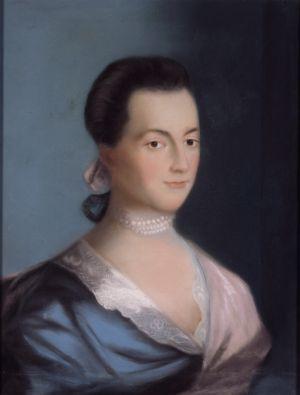
Women in colonial America faced a broad range of experiences depending on their era, region, financial status, legal status and local community, but a general sense of what a woman’s life was like started around early childhood, when they began schooling. Many of the community schools in early America, often run by local religious authorities, did serve both girls and boys, but a girl’s education was noticeably less intensive, and girls typically attended schools at lower rates and less frequently than boys. In New England, teachers greatly emphasized literacy for all children to give them the ability to read the Bible as adults, but despite these efforts, female illiteracy became notably widespread, up to 38%, and other regions held even higher numbers. Colonial Virginia and the Dutch colony of New Amsterdam (what became New York) held female illiteracy rates of 70% and 60% respectively. Dutch families in particular only seemed interested in teaching young girls the barest essential reading and writing skills, along with housekeeping and etiquette. Some of the girls from wealthier mercantile families also learned very basic arithmetic and bookkeeping skills. For some families, educating their daughters did not stop at the school house. While lower-class women in the South were barely educated, if at all, upper-class girls from Virginia, for instance, were privately tutored on a variety of subjects, like art, music, dancing, as well as French, all to help maintain an active social life. And thanks to higher rates of literacy, many New England women kept private diaries which contained their thoughts on politics, philosophy, and even some poetry. Still, even those women who did enter the history books for their remarkable intellects complained about the lack of opportunities available to them. Abagail Adams wondered if her own lack of formal schooling was due to her ill health or her gender, while Hannah Adams (a cousin) desired to learn much more than what was deemed socially useful for her, writing, “I was very desirous of learning the rudiments of Latin, Greek, geography, and logic. Some gentlemen who boarded at my father's offered to instruct me in these branches of learning gratis…I still, however, sensibly felt the want of a more systematic education.”
As adults, women’s lives became even more strictly defined by the gender roles of the day, which saw their main purpose as the birthing and rearing of children, and management of the household. Marriage eligibility came quite early, typically in the late teens to early twenties. Complicating this purpose was the shockingly high rates of child mortality in the Early Modern Era, mainly due to the lack of proper medical care. A mother could expect less than half of her children to live beyond their first few years. As a result, women were expected to have a large number of children to make up for the losses, which in turn put the women themselves in a great amount of danger. During pregnancy, a woman’s immune system greatly weakens, making them vulnerable to infection, and the labor process itself could be greatly taxing. The combination of these factors made childbirth the greatest cause of mortality for women well into the 20th century. A woman’s domestic life also included the maintenance of the homestead, which meant different things to different communities. For poorer women in rural towns, it meant aiding the husband with farm work in addition to cooking and cleaning. For wealthier women, as in the case of Martha Washington, it could mean the overseeing of the entire estate. As colonial society grew more urbanized, many women, often unmarried or widowed, ran businesses of their own in the larger towns and cities, often inns and small shops. Married women, on the other hand, rarely ran their own businesses or property, as they had no legal rights to do so. Regardless, women of all economic levels took as much pride as possible in their tasks, furnishing their houses with as many luxury items like silver, silk, porcelain, etc. as they could afford, some of which became treasured family heirlooms.
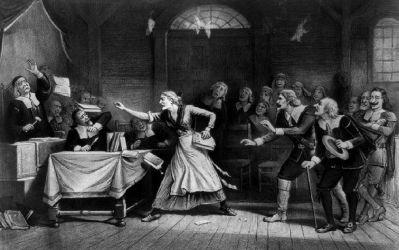
Because they were meant to be too busy at home or with the children, colonial society expected women to take a back seat. As stated previously, many women, particularly married women, lacked the same definitive legal rights as men, and this applied to the public sphere as well. In court cases, for example, a woman’s testimony did not nearly weigh as much as a man’s. Women who spoke up too often in public about topics like politics and religion were looked down upon, and often punished. Puritan New England has some of the most notable cases of women speaking out for their own interests, often as a consequence of their society’s emphasis on literacy and education for all. Three notable cases in particular stick out. The first two, involve Anne Hutchinson and Mary Dyer, who both spoke out against religious intolerance in Puritan society. For their boldness and lack of orthodoxy, Hutchinson faced exile and excommunication from her community, and Dyer was eventually executed for her outspoken Quaker beliefs. But the most famous case of violence against women in Colonial America was the Salem Witch Trials of 1692. The belief in witchcraft existed throughout the colonies at the time, but in an explicitly Bible-based society like Massachusetts, mere suspicion of the practice posed an existential threat and demanded immediate suppression. The three women accused of starting the epidemic, Sarah Good, Sarah Osborne, and an Afro-Caribbean slave woman named Tituba, had all gone to defy Puritan gender and religious norms in some way, making them especially tempting targets. After the paranoia ended, however, the Puritan theocracy broke apart, and as the colonies developed, influenced in part by Enlightenment ideals, many women, like the aforementioned Abigail and Hannah Adams, found it easier to find their voices.
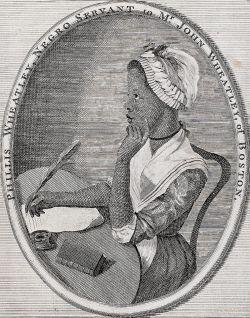
Lastly, African women in Colonial America faced a different set of circumstances altogether, whether free or enslaved. The rigors of slavery made maintaining a nuclear family impossible for many women in bondage, since they were made to do the same field work as their husbands, so childcare became much more of a shared responsibility, not just between parents, but also grandparents, siblings, cousins, etc. For example, George Washington’s Union Farm in Virginia held 36 slaves on the premises, and none lived as married couples with one another. Domestic slaves too found it difficult to form a family, as they were expected to live with their masters at all times, but still did what they could to maintain ties with their spouses. Education for slave children, both girls and boys, was extremely rare, though not as taboo as it would be in the 1800’s, though there were a few notable exceptions. The largest is the case of Phyllis Wheatley, who was born in West Africa and brought to Boston as a child and grew up to be one of the first published African American poets. Meanwhile, free black people formed their own distinct communities, coalescing around towns and urban centers. These communities rarely cut ties with their enslaved counterparts, however. One of the unique quirks of American slavery was that the legal status of bondage was inherited through the mother, so free black men with enslaved wives went through incredible lengths to purchase manumissions from their owners. Once free, black women often became prominent figures in the community at large, working a number of skilled professions like seamstresses, bakers and others.
As the American Revolution commenced and the fight for independence won out, most women in America did not see any noticeable change in their lives, but the themes of liberty and political representation had an important impact on the emerging struggle for women’s rights. Closely tied to the abolitionist movement, the struggle for women’s rights began only shortly into the 19th century, and eventually had an enormous impact on women in America and across the world.
